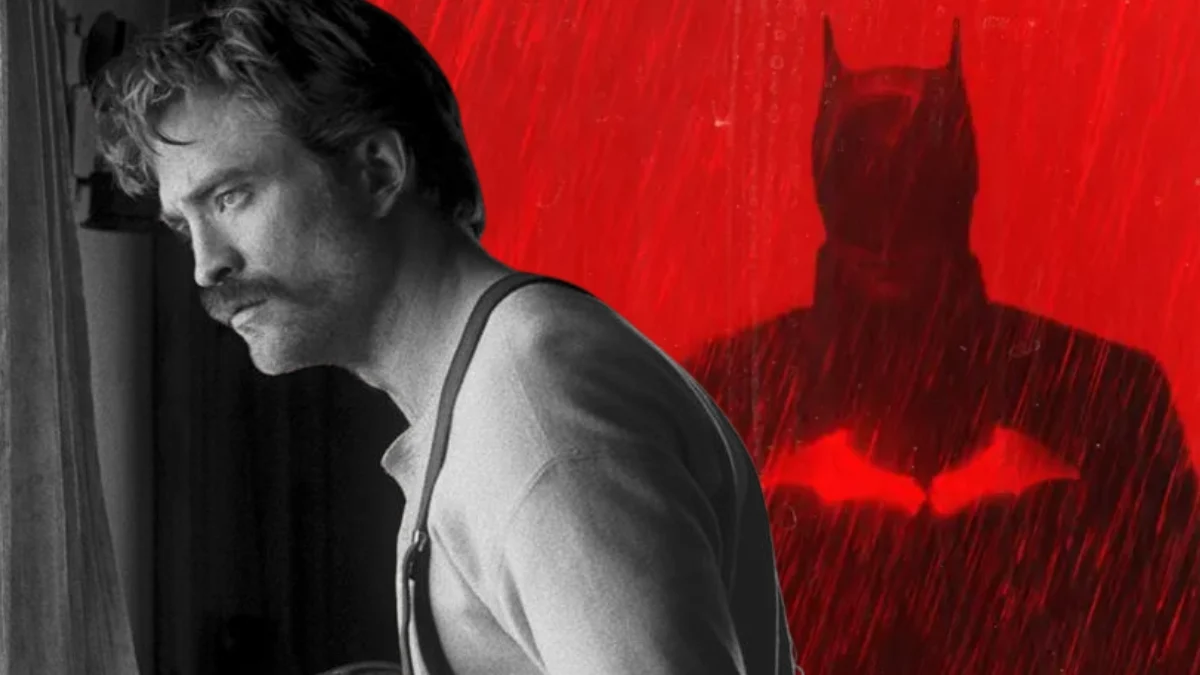
Robert Pattinson has crafted a fascinating career, moving between massive franchises, small independent films, and everything in between. He’s known for taking risks and delivering captivating performances. His work spans a wide range, from fantastical blockbusters to realistic, character-driven stories, and he’s collaborated with both acclaimed directors and major studios. Here are ten interesting facts about his films and filmmaking process that demonstrate how he consistently redefines the role of a leading actor.
‘Harry Potter and the Goblet of Fire’ (2005) – the breakout that put him on casting radars
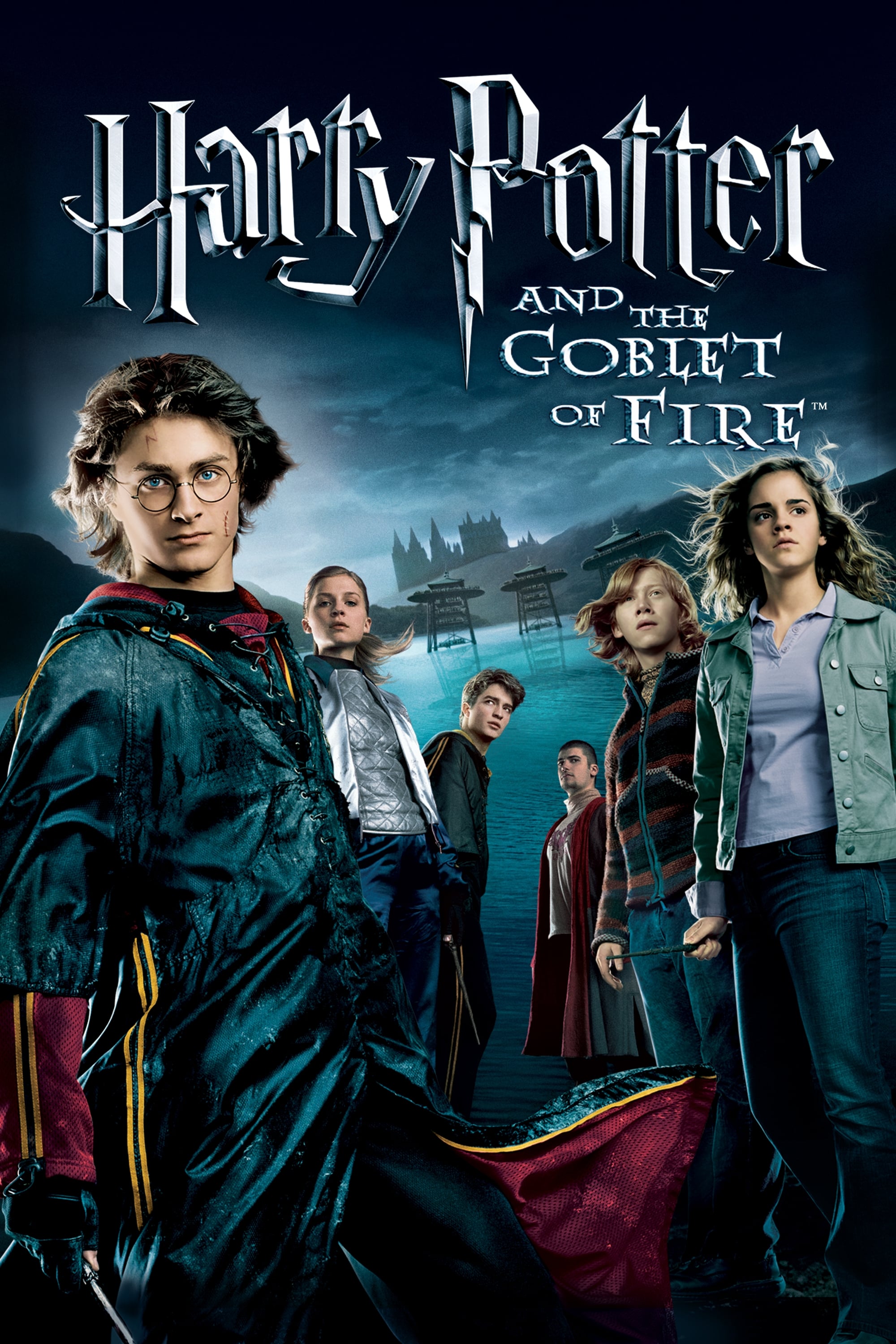
Robert Pattinson first gained international recognition playing Cedric Diggory, proving he could shine alongside already-famous young actors. He prepared for the role with training in flying and stunt work for the Quidditch scenes. The film’s large sets and complex stunts gave him a valuable look behind the scenes of big-budget movie making. This early exposure and visibility then helped him land leading roles in other films.
‘Twilight’ (2008–2012) – the franchise lead who also contributed to the soundtrack
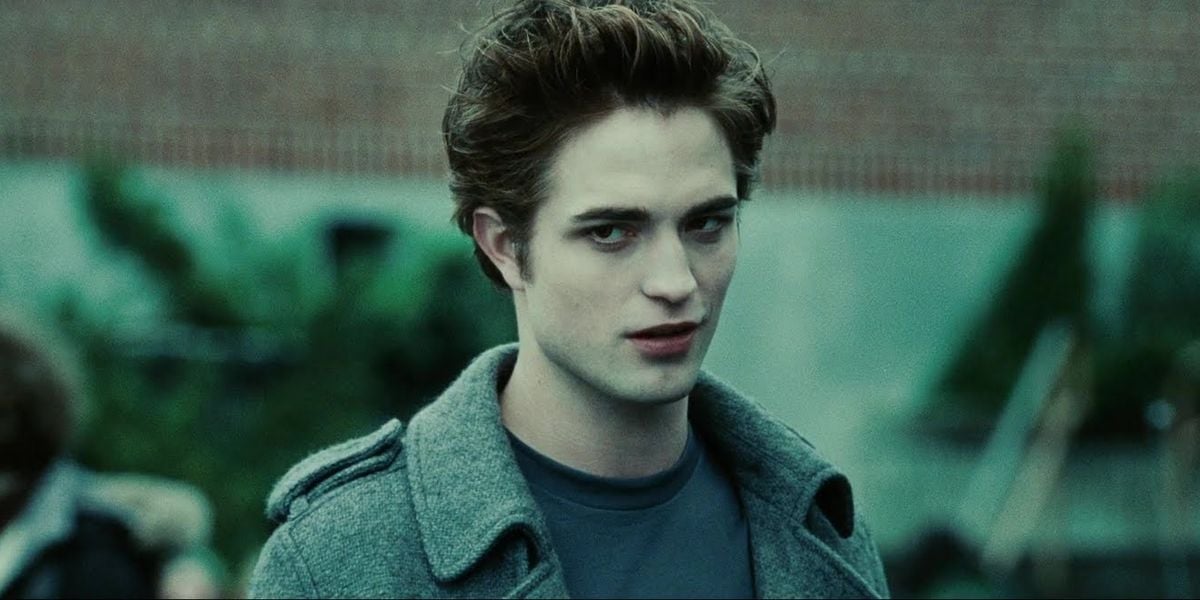
Robert Pattinson became a global star by playing Edward Cullen in the hugely successful Twilight film series, which defined a generation. In addition to acting, he also sang original songs for the first movie, including ‘Never Think’ and ‘Let Me Sign.’ Because the films were made quickly one after another, he had to consistently perform stunts, wear prosthetics and contact lenses, and fulfill many publicity obligations. The role established him as a reliable box-office draw, allowing him to choose more challenging and artistic projects with respected filmmakers.
‘Good Time’ (2017) – a guerrilla-style New York shoot that reshaped his screen image
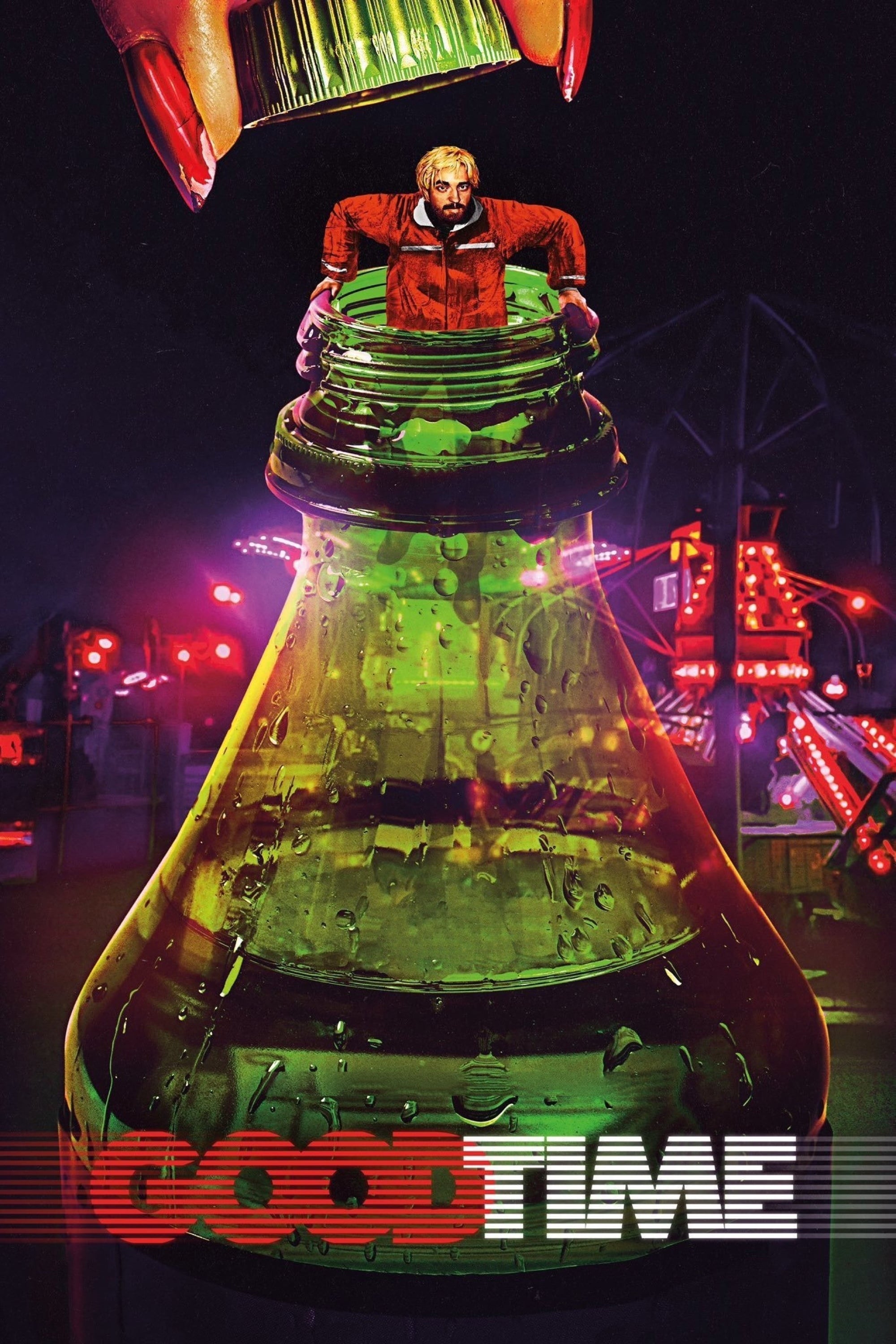
Robert Pattinson created a remarkably detailed character by immersing himself in the atmosphere of Queens and studying actual police radio transmissions, all while collaborating with the Safdie brothers. The filmmakers favored shooting in real locations with a flexible, fast-paced style, requiring actors to be adaptable and spontaneous. Pattinson was drawn to the Safdies’ realistic filmmaking and quickly adjusted to their minimal rehearsal process. This approach ultimately highlighted his ability to deliver nuanced performances under pressure, capturing authentic moments as they unfolded.
‘The Lighthouse’ (2019) – extreme period authenticity, down to dialect and film stock

Director Robert Eggers aimed for a vintage look in his film, shooting in black and white on older film stock with antique lenses and a unique, almost square screen shape, to resemble photography from the early 1900s. Both Robert Pattinson and Willem Dafoe learned historically accurate accents, based on research into language used by sailors and people from New England, to make their dialogue sound authentic to the period. The filmmakers used real weather conditions, water effects, and built practical sets on a remote coast, which influenced how the actors physically performed. Pattinson specifically prepared by practicing repetitive, physical tasks to convincingly portray the hard labor of his character.
‘The Batman’ (2022) – a detective-driven take built on close collaboration with the director
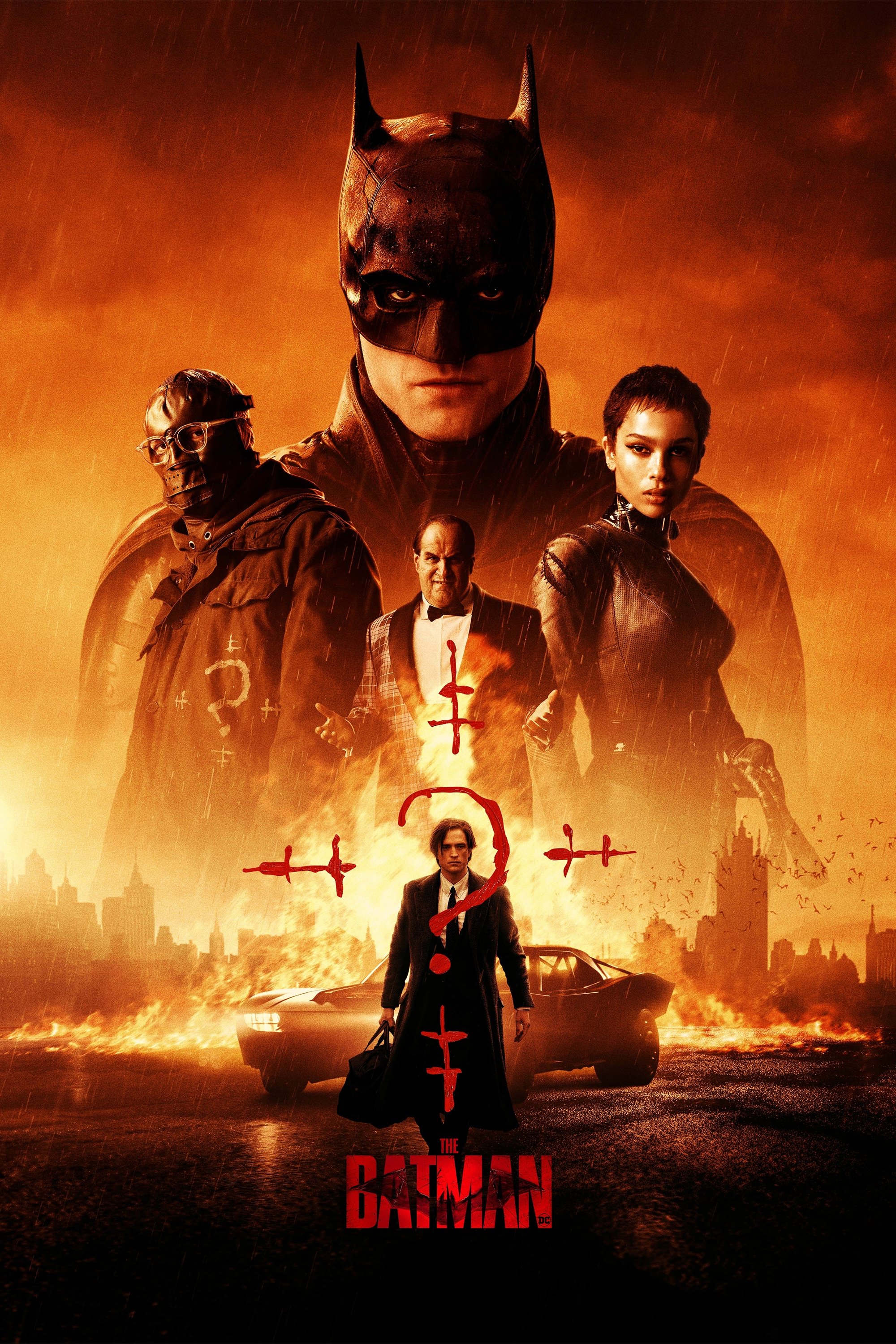
Matt Reeves’ direction for the film focused on realistic detective work and action, challenging Pattinson to develop his character through scenes with minimal dialogue. The filmmakers prioritized shooting as much as possible practically—using real vehicles, stunts, and large sets—and enhanced these with visual effects. Pattinson even tested several different Batman costumes to ensure the final design allowed for natural movement and looked good during fight scenes. His portrayal of Bruce Wayne highlights his skills in investigation and strategic fighting, which fits the film’s dark and mysterious style.
‘Tenet’ (2020) – navigating a tightly controlled blockbuster with complex action mechanics

Pattinson worked with director Christopher Nolan on a film known for its secrecy and limited scripts. The production featured elaborate, real-life stunts filmed with large cameras, often designed to appear both forward and backward. Pattinson trained to perform choreography that would look correct whether played normally or in reverse. Filming in various international locations meant he had to maintain consistent performance even when the scenes involved different timelines, a key element of the film’s concept.
‘The Rover’ (2014) – an accent study and character reset in stark terrain
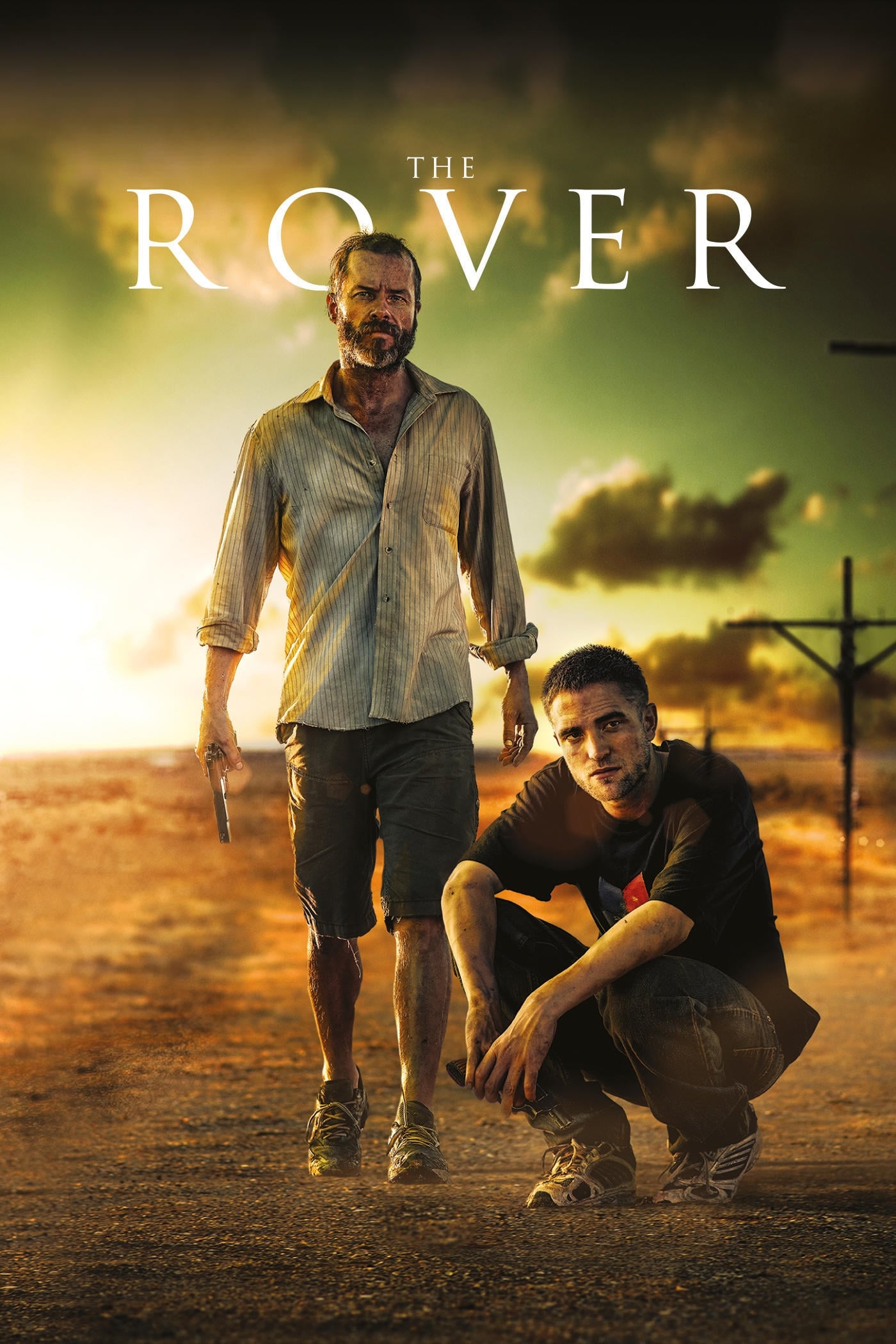
David Michôd’s futuristic thriller featured Robert Pattinson adopting a unique Southern accent, developed with the help of a vocal coach and maintained throughout filming. The movie was shot on location in Australia, and the natural environment influenced both how the actors moved and how sound was recorded. Pattinson focused on building his character’s physical presence through subtle habits and reactions, rather than relying on a lot of dialogue. This film represented a conscious shift for him toward smaller, character-focused projects after working on large franchise films.
‘High Life’ (2018) – collaborating on cerebral sci-fi with a European auteur

In Claire Denis’s film, Pattinson portrayed a prisoner who was also an astronaut, in a story that combined realistic science fiction elements with a deep exploration of the character’s inner life. The sets were designed as adaptable spacecraft modules to allow for lengthy, unbroken shots and limited camera angles, emphasizing the character’s sense of loneliness. Working alongside Juliette Binoche and other actors, Pattinson carefully controlled the emotional intensity of his performance to match the film’s slow, deliberate rhythm. Experts in space travel and technology advised on details like the effects of space exposure, how spacecraft move, and what it’s like to live in a closed environment, influencing how the actors used the props and sets.
‘The Lost City of Z’ (2016) – transformation through weight loss, field work, and expedition logistics

Let me tell you, Robert Pattinson really transformed for this role. Director James Gray had him play explorer Henry Costin, and Pattinson went all in – he lost a noticeable amount of weight and embraced a completely authentic, rugged look for the period. Filming wasn’t easy, either. They shot on location in some seriously challenging jungle environments – the heat, humidity, and relying on river travel really threw a wrench into the schedule and what they could bring on set. A lot of his performance hinged on the relationship with Charlie Hunnam’s character, and the two actors worked closely to show how their connection evolved throughout the expedition. What I really appreciated was the attention to detail – Pattinson mastered things like map reading and using period-specific equipment, which made the exploration scenes feel incredibly real and grounded.
‘The King’ (2019) – a vivid supporting turn shaped by physicality and dialect play

Pattinson’s portrayal of the Dauphin focuses on how he carries himself – his posture, elegance, and deliberately affected French accent – especially during important scenes. The director emphasized power dynamics through visual elements like armor, flags, and how characters positioned themselves, demanding precise movements and timing from Pattinson. He also carefully adjusted his voice to be clearly heard on the large, echoing sets and in outdoor battle scenes. This performance provides a different emotional tone, enriching the film’s overall depiction of royal intrigue and war preparations.
Tell us about your favorite Robert Pattinson role and any interesting fact you learned about making the movie in the comments below!
Read More
- Bitcoin’s Ballet: Will the Bull Pirouette or Stumble? 💃🐂
- Gold Rate Forecast
- LINK’s Tumble: A Tale of Woe, Wraiths, and Wrapped Assets 🌉💸
- Can the Stock Market Defy Logic and Achieve a Third Consecutive 20% Gain?
- Dogecoin’s Big Yawn: Musk’s X Money Launch Leaves Market Unimpressed 🐕💸
- Binance’s $5M Bounty: Snitch or Be Scammed! 😈💰
- SentinelOne’s Sisyphean Siege: A Study in Cybersecurity Hubris
- Deepfake Drama Alert: Crypto’s New Nemesis Is Your AI Twin! 🧠💸
- Ethereum’s $3K Tango: Whales, Wails, and Wallet Woes 😱💸
- Navitas: A Director’s Exit and the Market’s Musing
2025-11-07 18:15